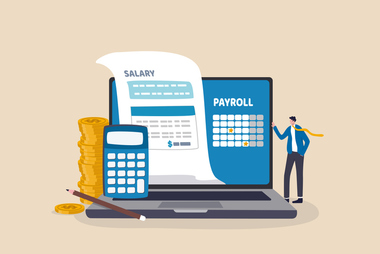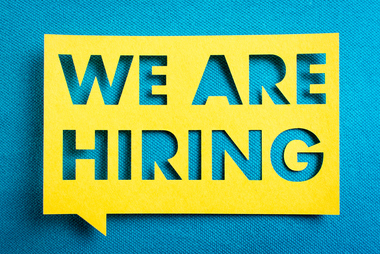According to a report by Brandon Hall Group, “Organizations with a strong onboarding process improve new hire retention by 82 percent and productivity by over 70 percent.” Further, employers with a weak onboarding process “lose the confidence of their candidates and are more likely to lose these individuals in the first year.” For these reasons, every employer should have a successful onboarding program that includes A New Hire Checklist.
Below is A New Hire Checklist to help you efficiently onboard new employees:
Before the new hire’s first day
- Call or email the new hire to confirm his or her start date and time.
- Answer questions the new hire may have, such as those regarding dress code, work schedule and where to go upon his or her arrival at the company location.
- Schedule new hire orientation.
- Notify everyone in the department of the new hire’s start date.
- Send a welcome packet or email to the new hire, pointing him or her to resources such as the employee handbook, the department contact list, parking information, internal communications, the employee self-service portal and available company benefits.
- Prepare the new hire’s workspace by providing office supplies, technology access, time clock swipe card, etc.
- Arrange training and mentoring.
On the new hire’s first day
Perform new hire orientation, which typically includes:
- Introducing the new employee to his or her workspace, co-workers, and assigned mentor or coach.
- Showing the new hire around the workspace, including the break area and restroom.
- Reviewing the job description and expectations with the new hire.
- Informing the new hire of his or her training schedule.
- Giving the new hire essential paperwork to complete.
New hire paperwork includes:
- Legally required documents, such as Form I-9, Form W-4, applicable state and local tax withholding forms plus all other forms and notices required by federal, state or local law.
- Recommended documents, such as direct deposit authorization, company policies and procedures sign-off sheet, benefits enrollment forms, employment agreements and emergency contact form.
Note that certain documents can be provided before making an official hiring decision. For instance, before you extend a job offer, you can have the selected candidate sign the background check and drug-testing consent forms. In such cases, a job offer is usually sent only if everything checks out.
During the next few months
- Conduct periodic (such as biweekly) meetings with the employee.
- Confirm that the employee has received enough training or mentoring. Provide ongoing training or mentoring if needed.
- Get feedback from the employee to ensure he or she is comfortable and engaged.
- Make sure the employee understands his or her compensation and benefits.
- Keep the employee informed on his or her job performance.
- Encourage the employee to share, through the appropriate channels, any concerns he or she may have.
After the first year, you should have a good understanding of the employee’s capabilities and which areas of development to focus on.





